
Overview
This lesson introduces students to the United Nations’ Convention on the Rights of Persons with Disabilities and explains why it is important. A summary is provided that teachers can use as a reading assignment and tool for discussing the purpose of the convention and the reasons why it is important. Optional art and writing assignments give students an opportunity to analyze important human rights principles in the treaty and why they are important to children and adults around the world.
The lesson also introduces students to Sefakor Komabu Pomeyie, a disability rights advocate from Ghana. Students read a story and interview about her life and learn about her advocacy for disability rights in Ghana and her current campaign to make her country’s public schools accessible.
Civil Rights and Social Change Focus: Disability Rights, Social Justice.
Grade Level: 2 to 8 with resources provided for adapting this lesson for 9–12 classrooms.
Subject(s): Reading and Language Arts, Social Studies, Civics.
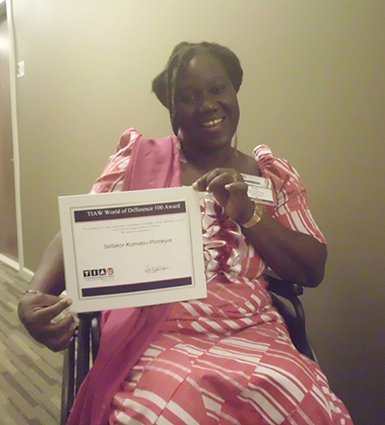
Learning Objectives
- Understand the purpose, principles and articles of the U.N. Convention on the Rights of Persons with Disabilities.
- Become familiar with disability rights work occurring in another country and be able to compare and contrast disability related experiences and advocacy in Ghana with similar experiences in Vermont and the United States.
- Analyze first-person narratives and other sources to identify perceived benefits and limitations of both disability rights laws and the voluntary U.N. Convention on the Rights of Persons with Disabilities.
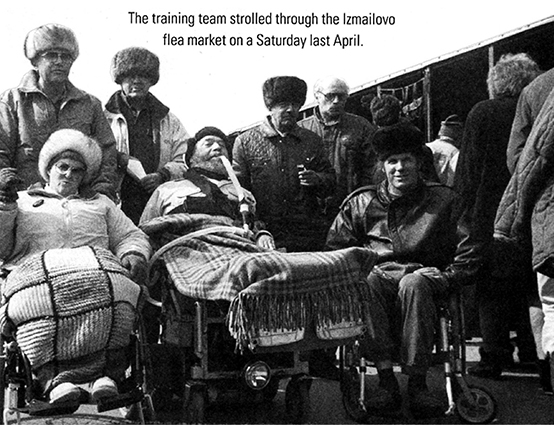
Standards
Build a strong base of knowledge through content rich texts. Determine the meaning of words and phrases as they are used in a text, including vocabulary specific to domains related to history/social studies. Come to understand other perspectives and cultures through reading, listening and collaboration.
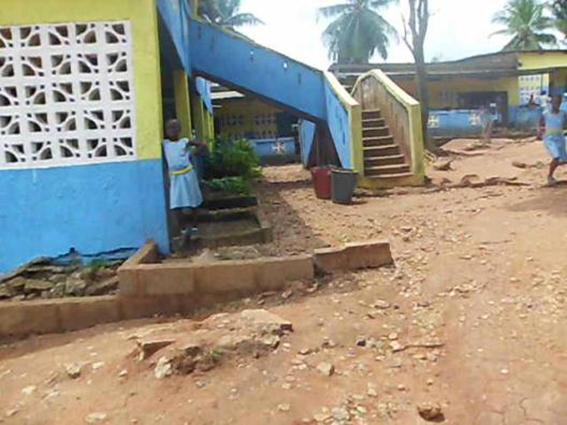
Materials
- “It’s About Ability,” a booklet developed by UNICEF on the U.N. Convention on the Rights of Persons with Disabilities.
- List of principles from the CRPD.
- “International agreement on the rights of disabled people”, Easy Read guide.
- Flip chart and different colored markers.
- Drawing paper and crayons or markers for artwork or posters.
- Sefakor’s Dream and Talking with Sefakor Komabu Pomeyie.
- Background resource: Accessible PDF of the full text of the Convention on the Rights of Persons with Disabilities.
Time: Two or more 30-40 minute sessions, depending on activities selected.
Setting: Large group and optional small groups.
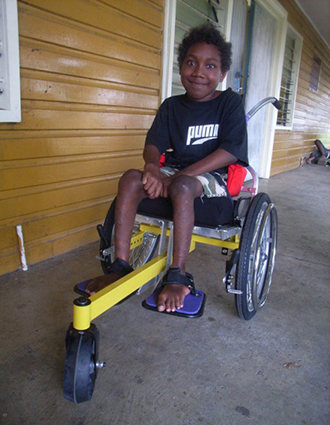
Directions
Part 1: Reading and Discussion: Read the introductory pages to younger students or use this document to help explain what a treaty or convention is, the purpose of the Convention on the Rights of Persons with Disabilities and what beliefs, rights and responsibilities are described in the sections or articles of this treaty. Older students or more advanced readers can be assigned to read all or part of “It’s About Ability” as homework. You may want to assign sections to particular students or small groups. One fact you may want to explain is that the agreement is voluntary, but if a country decides to sign the CRPD, it is making a commitment to abide by the expectations in the agreement.
Ask students to report on their sections and ask students to listen to or read the statement by Victor Santiago Pineda and a few of the poems and statements by young people with disabilities that are included in “It’s About Ability.” Ask your students to summarize the main ideas, feelings and messages they take from these writings.
Part 2: Put the principles of the CRPD on a large piece of paper, with each principle or belief in its own color. Bring students together and talk about each principle and what it means to them. Ask them if they can think of an example of each principle at work in their school or community. Ask students to make posters or artwork about each principle. Post the final products on the wall of the classroom or on the hallway outside.
Part 3: Read “Sefakor’s Dream” and the interview with Sefakor Komabu-Pomeyie with the class or have them read it alone or in small groups and come back together to discuss the story. Discuss her life and the work she has done with other advocates. Some of the things she brought up in her interview and other talks that you may want to discuss with students include:
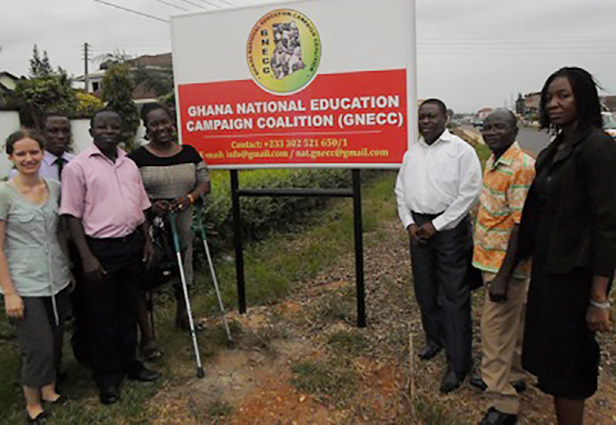
Supplemental Activity
Vocabulary: Ask students to identify and review some of the less common words or uses of words found in this document. Possible examples include the words convention (agreement between countries), principle (belief) and article (section or subdivision of a law or rule).
Creative & Persuasive Writing: Have students use journal time to write their own poems, ideas or an editorial about the beliefs and expectations reflected in the articles of the U.N. Convention on the Rights of People with Disabilities. These could become part of their posters on the Convention on the Rights of Persons with Disabilities.
Writing a Research Paper or an Essay: After hearing about Sefakor’s work in Ghana, older students may want to find out about disability rights in other countries. This research will also make it easier to understand the value of the U.N.’s disability treaty as a way to move toward equal rights for people with different disabilities in countries around the world.
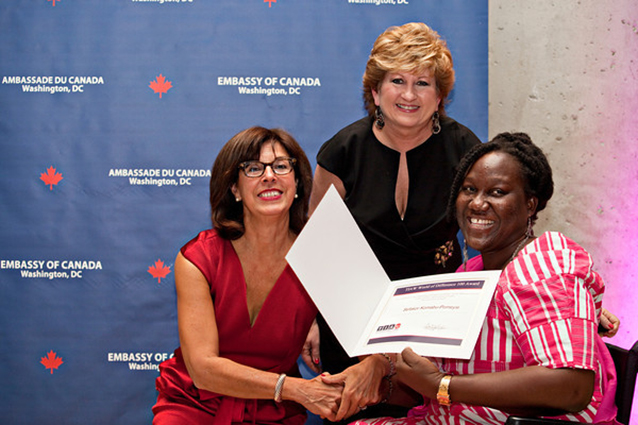
Resources
General Resources
The United Nations has copies of the Convention on the Rights of Persons with Disabilities in many different languages and formats. We have downloaded two different English summaries of the document. For other materials, or to read the full treaty in English or other languages, visit un.org/disabilities/in_different_languages This site includes links to signed videos of the treaty in different forms of sign language for the Deaf.
Visit a great website that has more extensive materials on the CRPD disability treaty and the campaign for U.S. ratification at http://www.disabilitytreaty.org. This site includes materials and resources for advocates, such as fact sheets that expose some of the myths and misinformation being disseminated by treaty opponents.
If you have 48 minutes to spare to learn more about the CRPD and the history of the campaign for U.S. ratification, watch this great new webinar video U.S._Campaign. Yes, it has captions for Deaf and hard of hearing people and others who need them.